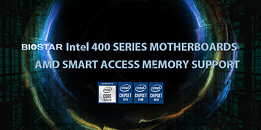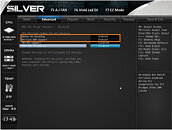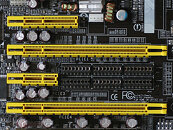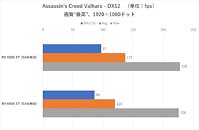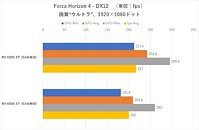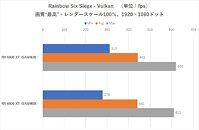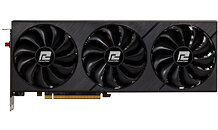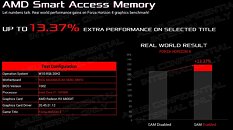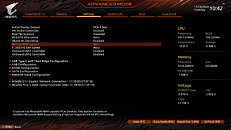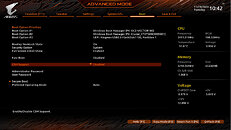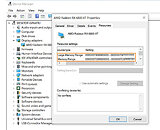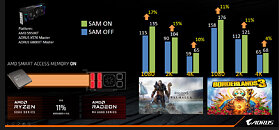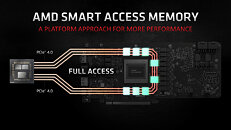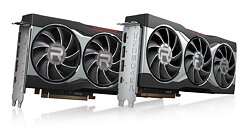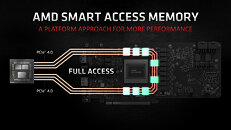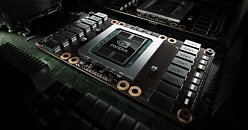When AMD introduced its Smart Access Memory technology, everyone was wondering will other GPU and CPU providers, namely Intel and NVIDIA, develop a similar solution to complement their offerings. The SAM technology is just AMD's way of naming PCIe resizable Base Address Register (BAR) technology, which has been present in PCI specifications for years as an optional feature. Why it's emerging now you might wonder. Well, the currently used PCIe revision has reached enough bandwidth on the bus to complement the complex data movement that GPU requires and now supports the use of the wider VRAM frame buffer.
It appears that not only AMD has this technology in its portfolio. ASUS has updated its BIOS firmware for its ROG Maximus XII Apex motherboard based on the Intel Z490 chipset, with some pretty interesting features. According to Tom's Hardware, we have information that the next release of BIOS firmware update 1003 for the ROG Maximus XII Apex motherboard will bring support for resizable BAR, making it a first on an Intel platform. For now, the beta 1002 BIOS supports it, however, a stable version will roll out in BIOS 1003. With the motherboard using PCIe 3.0 standard, a lower-bandwidth revision compared to AMD's platform, it will be interesting to see how resizable BAR is performing once the first tests come.
Update 09:45 am UTC: Chris Wefers, ASUS PR Germany, has announced that resizable BAR will be coming to all ASUS motherboards with Intel Z490/H470/B460 chipset, with alleged 13.37% performance increase in Forza Horizon 4, per ASUSes testing. You can see the test configuration in the image below.

